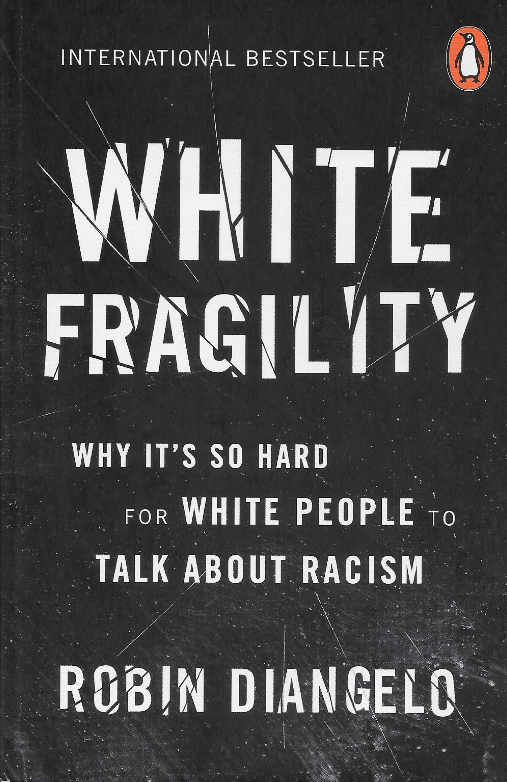The one sentence summary
White people don’t want to talk about racism because most of them deny it is even there.
WHAT THE BOOK SAYS

- This book explains why it is so hard for white people to talk about racism – a practice not restricted to “bad people.” The author is a white woman.
- White fragility refers to whites finding the smallest amount of racial stress intolerable. The mere suggestion that being white has meaning leads to defensive responses such as anger, fear, guilt, argument, silence and withdrawal.
- These responses reinstate white equilibrium, repel the challenge, return racial comfort to the situation and maintain racial dominance. It is born of superiority and entitlement. It is much more than defensiveness or whining – it is the sociology of dominance.
- Racial bias is largely unconscious. Denying it and being defensiveness merely protects bias whilst simultaneously affirming our apparent open-mindedness. We can’t change what we refuse to see.
- Despite good intentions, white progressives cause the most daily damage to people of colour. White progressives are anyone who thinks they are not racist, and that they ‘already get it.’ This stance is rooted in two crucial Western ideologies: individualism (we are all unique and stand apart from others) and objectivity (it is possible to be free of all bias). According to these beliefs, race is irrelevant.
- White supremacy is never acknowledged, which protects it from examination and holds it in place. It describes the culture we live in, not the extreme actions of a few.
- The white racial frame is made up of thousands of stored bits – circulating through films, television, news, media, and stories.
- Aversive racism allows a person to maintain a positive self-image by using phrases such as “I have lots of friends of colour”, and “I judge people by their character, not the colour of their skin.”
- White solidarity is the unspoken agreement among whites to protect white advantage and not cause another white person to feel racial discomfort by confronting them when they say or do something racially problematic.
- The foundations of white fragility include:
- A preference for racial segregation
- Lack of understanding about what racism is
- Seeing ourselves as individuals, exempt from forces of racial socialization
- Failure to understand that we bring our group’s history with us
- Assuming everyone can have our experience
- Lack of racial humility, and unwillingness to listen
- Dismissing what we don’t understand
- Lack of authentic interest in the perspectives of people of colour
- Defensiveness about any suggestion that we are connected to racism
- The functions of white fragility are to close off self-reflection, trivialise the reality of racism, silence the discussion, make white people the victims, hijack the conversation, take race of the table, and protect white privilege.
- Suggested ways forward for whites include:
- Racism cannot be avoided
- Resist defensiveness and complacency
- Listen to feedback
- Build your capacity to endure discomfort
- Whites are unconsciously invested in racism whether they like it or not
- The antidote to guilt is action.
WHAT YOU HAVE TO WATCH
- A lot of white readers will find this book uncomfortable, but they should read it.
- The perspective here is based on the USA, but much of it still applies.
